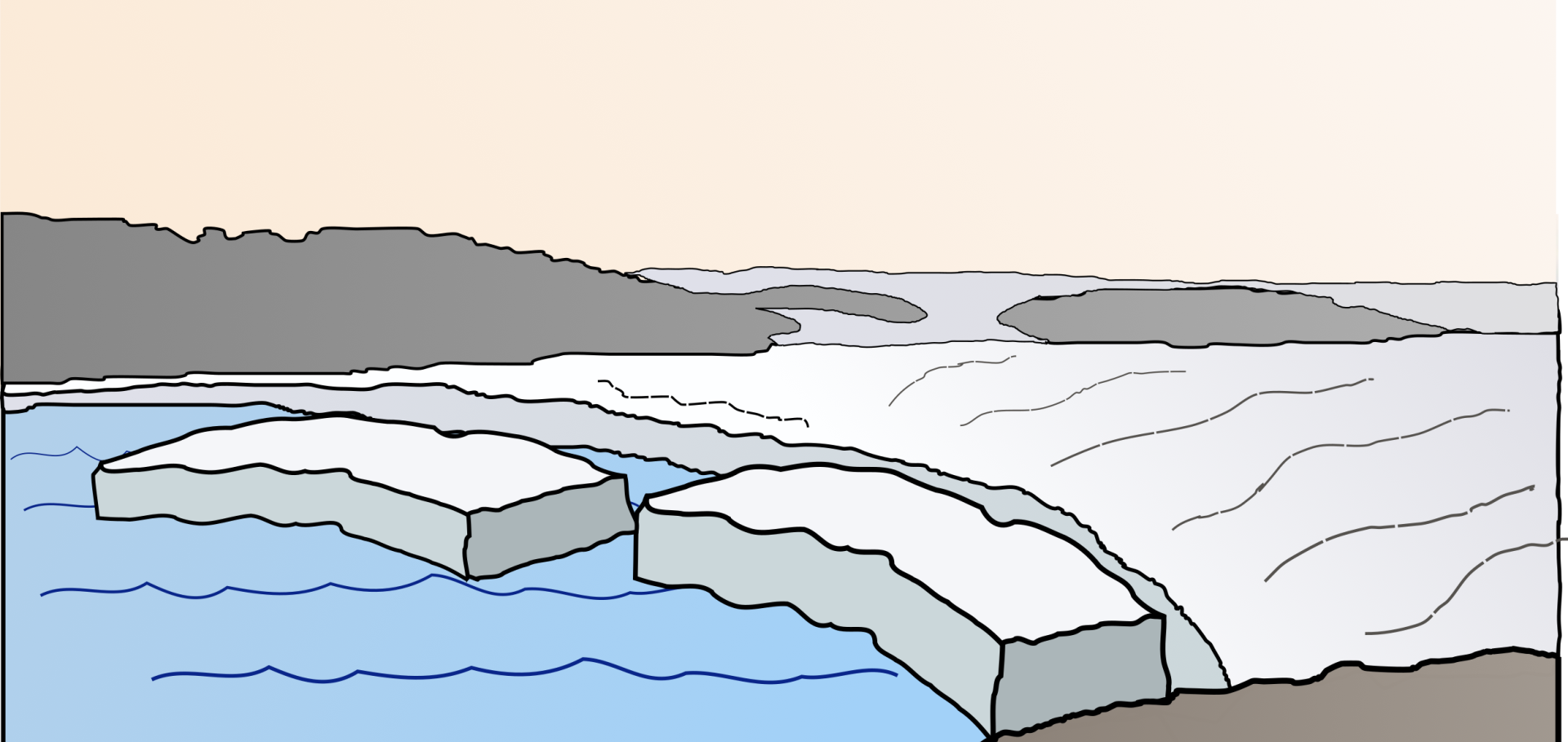I am investigating ocean mixing by capsizing (rotating) icebergs.
Icebergs calve from glaciers into fjords all around Greenland. Occasionally, an enormous iceberg, exceeding one cubic kilometre in volume, might break off. These gigantic icebergs have been observed to capsize (rotate 90 degrees) shortly after detaching from the glacier, and it is thought that this might vigorously stir the ocean water in the fjord, like giant wooden spoons stirring an enormous pot of soup, mixing together the warmer, saltier water from the Atlantic ocean with colder, fresher meltwater from the glacier. This localised mixing may impact the circulation in the fjord, which in turn influences the rate of heat transport from the ocean to the glacier front, and the distribution of melt water exported to the ocean. The former feeds back on the glacier melt rate, while the latter may affect global ocean circulation by influencing the rate of dense water formation in the subpolar North Atlantic. Hence, understanding how to represent iceberg calving events in models may improve predictions of future sea level rise and ocean circulation.
I am working on incorporating capsizing icebergs into ocean models at the iceberg-scale and at the fjord-scale to understand (i) the amount of mixing generated by capsizing icebergs of different shapes and sizes, (ii) the impact of these events on fjord-scale circulation, and (iii) the rate and pattern of glacier melt thus induced.


